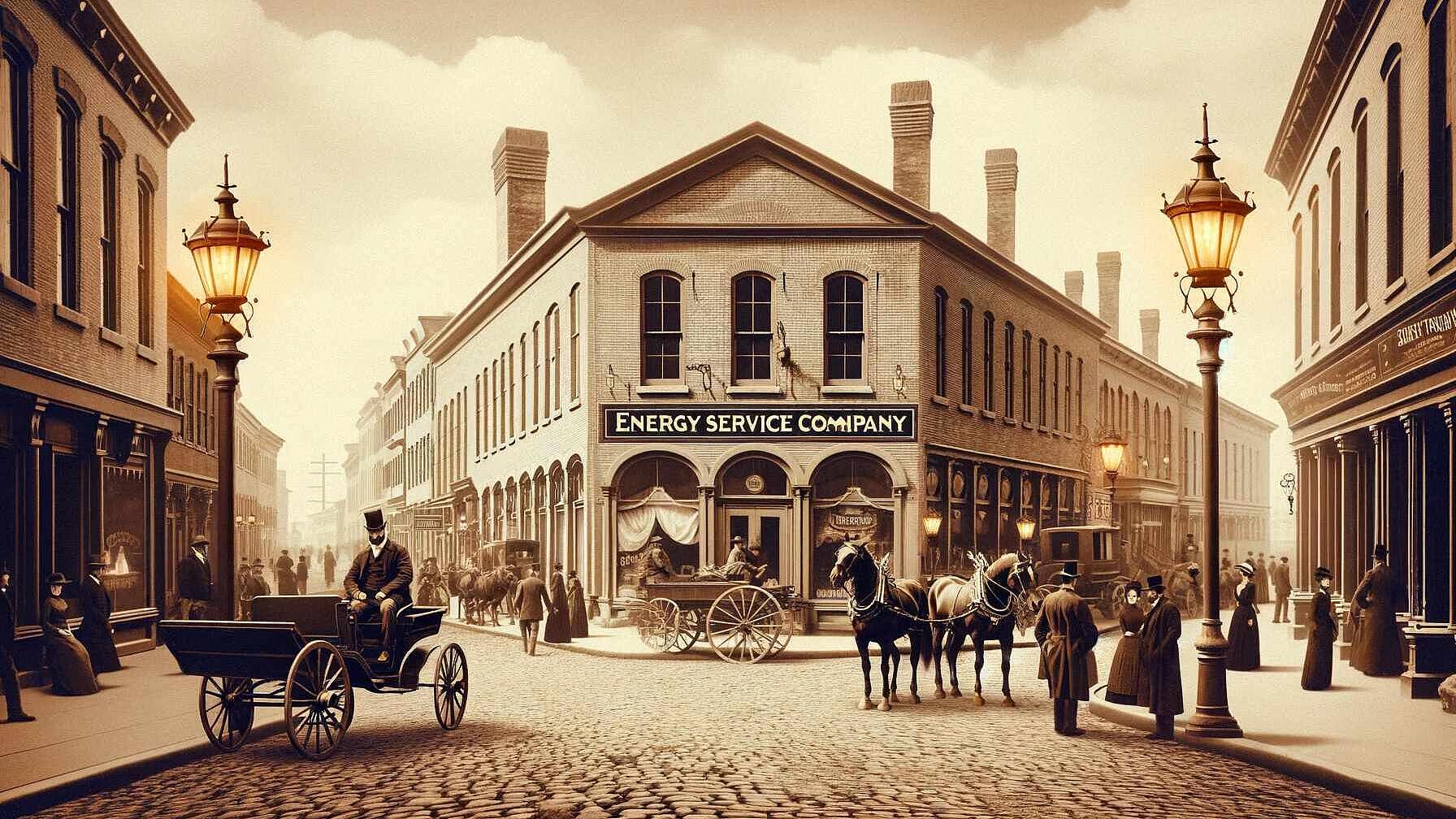 Policy & Regulation
Policy & RegulationFive trends for Energy Efficiency in 2017
Summary
The most cost effective energy efficiency came from states where utilities were given the flexibility to administer programs. Leveraging technology and AMI data has opened new opportunities for energy usage data. Advances in both the technology and automation are bringing new players into the energy efficiency space and new competitors to home automation. If these trends continue over the next several years, energy efficiency will grow and serve customers, vendors, and utilities well into the future. As generation plants are retired and replaced by renewables with a much different generation profile, capacity is becoming an issue. Some utilities are striving to achieve more savings from non-lighting
lighting technologies are becoming more complex to evaluate savings than counting widgets, but can increase savings when simpler measures are not enough. For some utilities, this is beginning to change, due to the trends I discussed above. Before coming to DNV GL, Steve Baab was the ComEd CandI portfolio manager where he led the Smart Ideas program from 2008.
Open full article
Five trends for Energy Efficiency in 2017
(from Steve Baab, DNV GL)
I think everyone will agree that 2016 was a year full of surprises and many people are looking forward to putting it behind us. However, 2016 was a good year for energy efficiency. There were major legislative initiatives, industry mergers, and many states “doubling-down” on energy efficiency to meet their energy needs. As we start a new year, I’ve captured the major trends in energy efficiency I see for 2017.
Utilities embracing EE for the long haul
Utilities in California, New York, Michigan, and Illinois have all committed to more funding for energy efficiency over the next 3-5 years and will be able to earn more financial rewards based on successful results. Oregon and Rhode Island committed to significantly increasing their Renewable Portfolio Standards (RPS) over the next 15-20 years. Funding and financing for energy efficiency projects also gained traction from legislation passed in California, Maine, Nebraska, New Mexico, Oklahoma, Oregon, South Dakota, Utah, and Virginia. With utilities taking a longer-term view of energy efficiency, many are now looking to integrate programs into core utility operations and improve customer satisfaction.
Increased regulatory scrutiny
With more states beginning to follow California’s lead for increased funding for energy efficiency, state commissions are beginning to take a more active role in overseeing the administration of the funds. While it is difficult to argue with having more oversight for higher amounts of funding, the most cost effective energy efficiency came from states where utilities were given the flexibility to administer programs. Utilities that have flexibility in administering programs can respond readily to both customer and market needs.
Move from widgets to more complex measures
Gone are the days where CFLs made up the bulk of savings within an energy efficiency portfolio. Although lighting still is a great way to achieve savings, it has become much more complex. With LEDs, new fixture designs, and control systems, determining lighting savings takes more effort to calculate than just subtracting wattages and estimating run hours. In addition to lighting, many utilities are striving to achieve more savings from non-lighting technologies. Some of the most popular measures for residential customers are WiFi thermostats and behavioral programs, while for business customers, variable speed drives, energy management systems, and process improvements are gaining traction. These types of measures are much more complex to evaluate savings than counting “widgets,” but can increase savings when simpler measures aren’t enough.
Leveraging technology and AMI data
Advanced Metering Infrastructure (AMI) has opened new opportunities for energy usage data, and there seems to be some promise to leverage this data within evaluation. In addition, home automation and the internet of things (IoT) offer potential savings that were not achievable just five years ago. Advances in both the technology and automation are bringing new players into the energy efficiency space and new competitors to home automation. The only unknown is how fast customers will adopt these new technologies.
Integration of DSM to Combine LR and EE
When you talk to utility customers about saving energy, they will blend discussions about reducing peak load (load response – curtailment) with lighting retrofits (energy efficiency – EE). When you talk to a utility about Load Response and EE, you typically need to talk to two separate departments. But, for some utilities, this is beginning to change, due to the trends I discussed above. As generation plants are retired and replaced by renewables with a much different generation profile, capacity is becoming an issue and utilities are looking to solve these issues through EE. This is already happening in New York, where several EE programs were launched to address capacity shortfalls in specific locations.
I look forward to 2017 and see significant opportunities for energy efficiency. If these trends continue over the next several years, energy efficiency will grow and serve customers, vendors, and utilities well into the future.
Steve Baab: Steve works at DNV GL as the Service Line Leader for Program Development and Implementation. Steve works to bring best practices and innovative program ideas to DNV GL clients. Before coming to DNV GL, Steve was the ComEd C&I portfolio manager where he led the Smart Ideas program from initial launch in 2008 to a program that offers a wide spectrum of customer solutions in both energy systems and market segments.
Originally posted here



